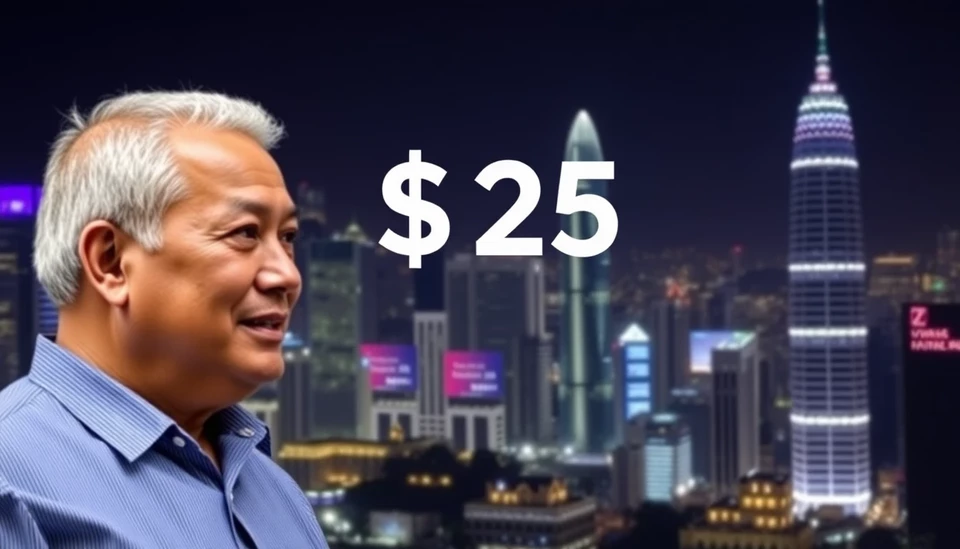
In a bold maneuver aimed at revitalizing the nation’s economy, Malaysia recently unveiled its 2025 spending plan, which outlines strategic allocations and projections set to significantly influence the country’s fiscal landscape. The plan has stirred a complex mix of reactions across various sectors, identifying clear winners and losers in an environment already shaped by global economic uncertainties.
The Malaysian government, under the leadership of Prime Minister Anwar Ibrahim, demonstrated a commitment to investing heavily in infrastructure and social welfare initiatives. The proposed budget, totaling a staggering RM 400 billion, which translates to approximately USD 88 billion, marks one of the most ambitious fiscal strategies in recent years. The allocation signals a clear focus on enhancing public services and bolstering the nation’s economic resilience.
A substantial portion of the budget is earmarked for infrastructure development, with major funds directed towards road networks, rail systems, and urban transit projects. Analysts predict that this influx will not only create jobs but also stimulate related sectors such as construction and materials, making construction companies key beneficiaries of this spending spree.
Moreover, the government has emphasized green technology and renewable energy, pledging RM 15 billion to support clean energy initiatives. This aspect of the plan aims to transition Malaysia towards more sustainable energy practices, presenting significant opportunities for firms operating in the green technology sector, which are poised to gain from legislative support and investment incentives.
On the social front, the budget highlights increased allocations for healthcare and education. The move is aimed at improving the quality of life for citizens, addressing public health crises, and enhancing educational frameworks. Consequently, hospitals and educational institutions may experience financial boosts, enhancing their capacity to serve the populace comprehensively.
However, amid these promising projections, not all sectors are expected to emerge unscathed. Analysts have flagged particular industries that may suffer due to increased spending. For instance, local businesses that rely heavily on government contracts may find the competition for tenders intensifying, potentially squeezing profit margins as more entities vie for a slice of the government expenditure pie.
Additionally, the focus on large infrastructure projects could overshadow smaller initiatives. Critics argue that the emphasis on large scale developments might lead to neglect of smaller, local projects that could foster community-driven growth and engagement. The divergence in focus might leave smaller enterprises and local contractors grappling for support amidst the windfall for larger players.
The implications of this spending plan extend beyond national borders as well. Global markets are closely watching Malaysia's moves to see how they may influence foreign direct investment (FDI). Investors may be swayed by the structural reforms and market potential presented in the 2025 blueprint, positioning Malaysia as an attractive destination for FDI. This influx of capital could be a double-edged sword, however, as it may spark inflationary pressures that could complicate economic recovery efforts.
In summary, Malaysia's 2025 spending plan showcases a comprehensive strategy to propel economic growth while addressing social challenges. The identified winners include construction, green technology firms, and public health and education sectors, all set to benefit from substantial allocations. Conversely, smaller contractors and local businesses face challenges as the government focuses on larger infrastructure projects. As the plan unfolds, the Malaysian economy will be closely monitored for its effectiveness in achieving sustainable growth and equitable benefits across various sectors.
As Malaysia navigates this ambitious path, the hope is to strike a balance that ensures long-term economic stability and social equity, thus shaping a resilient future for the nation.
#Malaysia #Budget2025 #EconomicGrowth #Infrastructure #SocialWelfare #GreenTechnology #ForeignInvestment #PublicHealth #Education #Construction
Author: Daniel Foster




